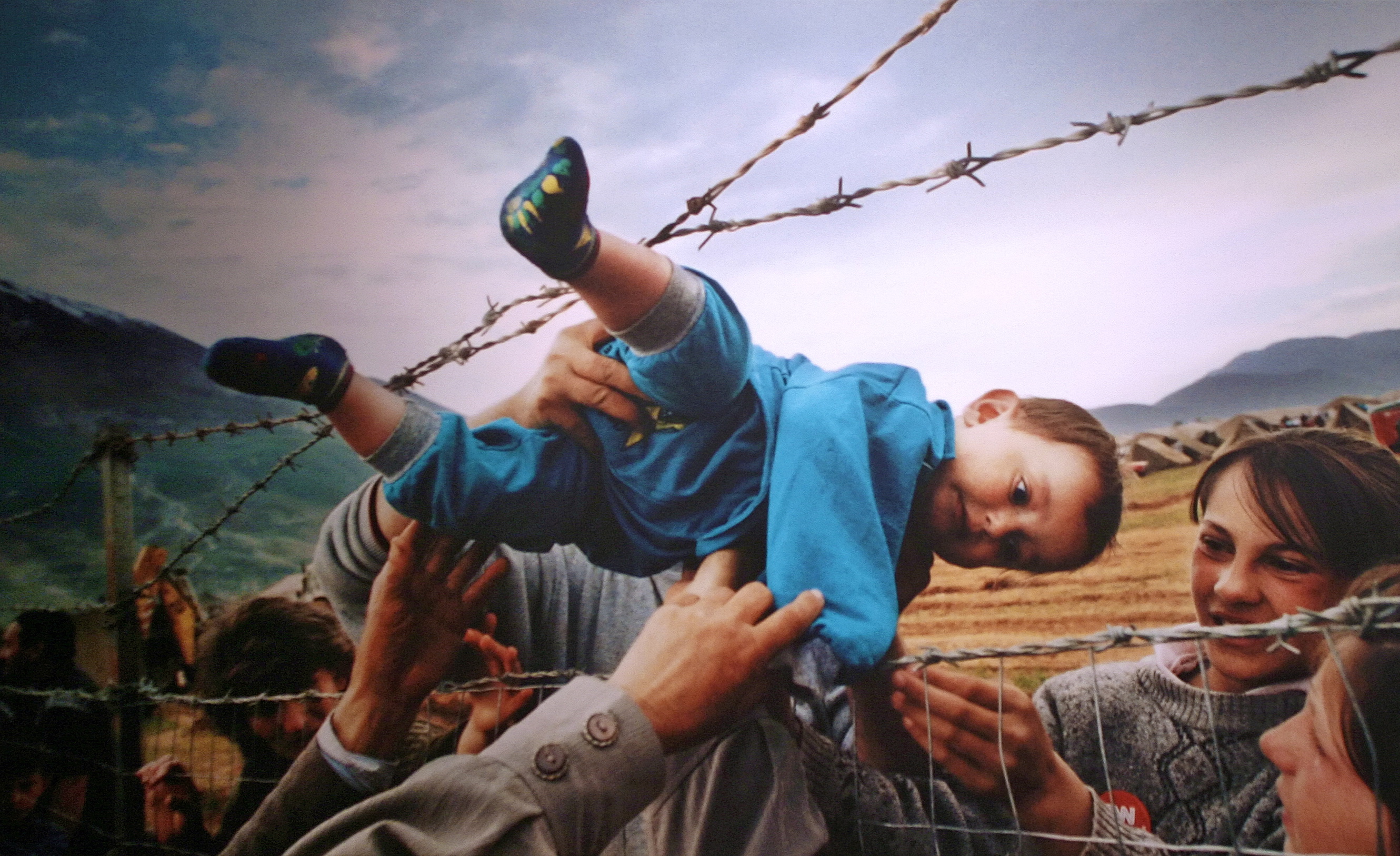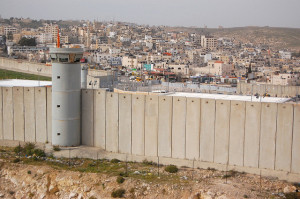by James J. Zogby
There are two Christmas stories. There is the romanticized antiseptic tale that has taken hold in our popular culture. It is the “Silent Night”/”Oh! Little Town of Bethlehem” version. Mary is smiling; Joseph is hovering protectively over mother and child. Animals provide warmth; angels are singing; and shepherds come to see the new born “Babe in the Manger”. In this version, all is pure and all is bright.
It is a comfortable story. But it’s not real.
If we stop for a moment and consider the actual circumstances of the birth, a very different story emerges. From scripture and tradition, we learn that Joseph and Mary had traveled from Nazareth to Bethlehem because they were required to return to their home community to comply with an imperial edict to be counted in a census. The 80-mile trip covered on foot or on donkey’s back was arduous and long, taking at least five days. With Mary more than eight months pregnant, it must have also been quite frightening and painful.
When they arrived at their destination, we are told they could find no room and were forced to bed down in a stable—which in Bethlehem meant a cave where the animals were housed. The experience must have been both humiliating and difficult to endure.
It was here that Mary gave birth. At this point, the gospel stories fall silent and so our imagination, by default, has been forced to leap almost magically from their arrival in Bethlehem to the scene of Mary holding the child. In Surat Maryam, however, the Quran provides us with the missing piece of the story, one which agrees with unwritten Christian tradition. Here we are told that as the time of birth nears Mary goes off by herself and when labor grows intense she cries out—”would that I had died before this”—precisely because she is frightened, alone in the throes of giving birth, and in pain.
The story doesn’t end here because we are told that weeks later fearing for the life of their newborn at the hands of an angry Herod, Mary and Joseph were forced to flee to Egypt—again by foot and on a donkey’s back—where they were to live in exile for years before being able to return to their home in Nazareth.
When we consider all this, instead of the idealized pristine myth of the birth of Jesus, we are confronted with a very different reality—a child born to a frightened and exhausted woman, in a filthy cave.
I thought of this today when I received an envelope containing what appeared to be a holiday greeting card from Walid Joumblatt—the Lebanese Druze leader. I opened it and was stunned to find a picture of the face of an anguished child peering out through the slats of a destroyed structure. Inside, the card simply read “Remember the wretched of the earth”. My first reaction was to recoil in shock at the disconnect between the other joyous cards I had been receiving and this image of pain and sorrow. “What kind of greeting is this?” I asked.
As the day wore on, the image of that little face stayed with me, crying out to be remembered. I thought of Mary’s tired and dirtied face at the end of her trip along Palestine’s dusty roads. I thought of her fear and pain and of her bloodied newborn whom she couldn’t wash to present to the shepherds. And I thought of that little family fleeing to Egypt. They were, in that time, the wretched of the earth.
What then came to mind were the hundreds of Palestinians born each day in Gaza’s devastated squalor or in exile in refugee camps; or the hundreds of babies born to Syrian refugees in their camps in Lebanon, Jordan, Turkey, or now, in transit, in Europe; and of their frightened parents, concerned for the safety and survival of their newborns. And I thanked Walid for reminding me of what we should never forget.
We should not allow the Christmas story to be stripped of its humanity or cleansed of its muck and grime. Its power is in its reality that should serve to focus our attention on our responsibility to see in the birth of Jesus: the faces of the outcasts for whom there is no room in the inn; the wretched of the earth for whom there is no comfort; and the frightened exiles who seek only safety and refuge.
It is only when we do not avert our glance from these reminders that we can understand the story and spirit of Christmas. And when we sing the seasonal songs of joy we should think of them not as depictions of reality, but as aspirational—representing the vision of the world we should want to create for all children—ours’ and those wretched and frightened little ones whom we all too often forget.
James J. Zogby is the president of the Arab American Institute.






I have been under the impression that the census took place when the weather was more comfortable. Anyone else?
”What then came to mind were the hundreds of Palestinians born each day in Gaza’s devastated squalor or in exile in refugee camps …”
What comes to MY mind as I read your piece, Mr. Zogby, is the Palestinian women who’ve had to give birth on the side of the road or in a ditch near one of scores of checkpoints because the morons in IDF uniforms won’t let them through and get to a hospital. Thus, Palestinian newborns have died in those ditches and on those roadsides. But then, live Palestinian babies are an existential threat to Israel, which is losing the population battle in the “Holy Land,” so the more that don’t make it, the better.
Long live Israeli family values.